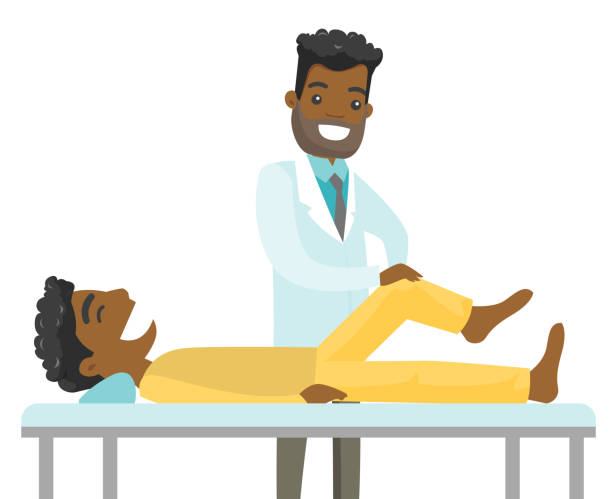What are the symptoms of rheumatoid arthritis?

We all know that rheumatoid arthritis is an autoimmune disease characterized by slow erosive arthritis, which can affect joints throughout the body. The disease occurs in the small joints of the hands, wrists, and feet, and may present with joint redness, swelling, heat pain, and "morning stiffness" in the early stages. If left untreated, when the disease progresses to an advanced stage, the bones and cartilage tissues will gradually suffer damage, and the joints may show different degrees of stiffness and deformation, which can easily lead to disability.
Explanation of the pathogenesis of rheumatoid arthritis:
Autoimmune system disorders, aseptic inflammation → inflammation stimulates synovial membrane, joint capsule, synovial membrane lesions → bursa congestion edema / synovial inflammatory hyperplasia thickening, vascular composition → cartilage tissue adhesion, joint surface damage, calcification or fusion.
1. Pre-rheumatoid arthritis symptoms
The inflammation adheres to the joint capsule and synovial membrane and repeatedly irritates the capillaries around the synovial membrane, resulting in the expansion of small blood vessels and swelling of endothelial cells. This causes congestion and edema in the joint capsule and synovial membrane, resulting in swelling and pain in the fingers, toes, wrists and other large and small joints throughout the body, or with short term morning stiffness.
2. Symptoms of rheumatoid arthritis in the middle stage
The aseptic inflammation increases and accumulates in the joints, the synovial membrane grows and thickens, and the local joint microcirculation is hampered. At this moment, drugs and nutrients cannot enter, and the metabolic products and inflammatory substances in the joint cavity cannot come out, so the patient will have poor drug efficacy. During this period, in addition to synovial effusion, joint pain, swelling, and morning stiffness, the inflammatory substances in the joint cavity erode the bone and form a small bone and joint space as well as damage to joint cartilage and osteogenic tissue, resulting in bone spurs and minor joint deformation. In addition to the native immune function disorder problem is not recovered, the whole body vicious circle, the patient's physical condition becomes worse, joint pain repeated.
3. late rheumatoid arthritis symptoms
With the continuous accumulation of aseptic inflammation stimulation leads to severe damage to cartilage and bone tissue, presenting complete calcification of bone, fusion, ankylosis. Each joint space boundary is blurred, joint function is limited, off bone tissue damage is severe, presenting complete bone calcification, fusion, ankylosis. The boundary of each joint space is blurred, the joint function is limited, the joint shows different degrees of deformation, loss of ability to move, accompanied by pain, poor immune function and weakness. Because the joints have been fused, the patient's ability to move can be maximized through standardized treatment, and the diseased bone cannot be completely corrected.
Rheumatoid arthritis without timely treatment will present:
pulmonary lesions: slow cough, shortness of breath, and in severe cases, reliance on oxygen.
Heart lesions: panic, chest tightness, etc.
vascular lesions: ischemic necrosis of limbs or skin, requiring amputation in severe cases.
Blood finger and toe paralysis, affecting the nerves, this lesion is particularly difficult to treat.
Expert tips: rheumatoid arthritis onset of 6 months is the golden period of treatment, the early joint structure has not changed significantly, as long as the inflammation can be controlled joint function can be recovered; rheumatoid arthritis once the late stage, the joint structure was severely damaged, even if the inflammation available drugs to eliminate, joint function is difficult to recover, there is considerable difficulty in the treatment.







